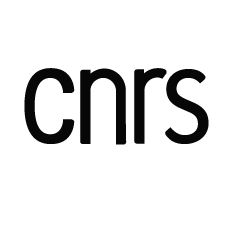séminaire SCALab 19/06
scalab Manifestations scientifiques SéminaireJosé Barela, Sérgio Rodrigues et Paula Polasrti de l’UNESP (Université brésilienne de la région de Sao Paulo) viendront donner un séminaire SCALab le lundi 19 juin à 14h (avec café à partir de 13h 30) en salle des colloques (Bâtiment de la maison de la recherche). Au Brésil, José Barela est responsable du « Laboratory of Movement Studies » (https://scholar.google.ae/citations?user=sIn2mTcAAAAJ&hl=iw), Sérgio Rodrigues est responsable du « Laboratory of Information, Vision and Action » (https://www.researchgate.net/lab/Laboratory-of-Information-Vision-and-Action-LIVIA-Sergio-T-Rodrigues) et Paula Polastri est membre du « Laboratory of Information, Vision and Action ».
Titre: Research interest of Brazilian team members – CAPES-COFECUB
In the seminar, the 3 brazilian researchers will present their main research interests both in their ongoing activities and in the ongoing CAPES-COFECUB project in association with the SCALab (2023-2026). Their research team focuses on understanding the use of sensory information, mainly vision, to control motor action. Paula Polastri employs the moving room paradigm and eye tracking measurements, in different populations (young and older adults, children, among others) to understand how visual cues are obtained and specifically impact postural control in different mechanical and sensory manipulations during distinct visual tasks. Sérgio Rodrigues examines how visual cues and specific variables extracted from optic flow (i.e., tau dot …) are used to perform motor action in posture, daily life, and sport activities. He has investigated how individuals of distinct skill levels seek and examine visual cues in driving tasks under varying perceptual and cognitive conditions, using driving simulators. José Barela also employs the moving room paradigm and, more recently, eye tracking measures especially in children with learning difficulties and also patients with Parkinson disease with complex visual cues (i.e., different frequencies embedded). Special interest involving sensory integration, combining visual and touch cues, has also been used and still is an important issue of interest.
